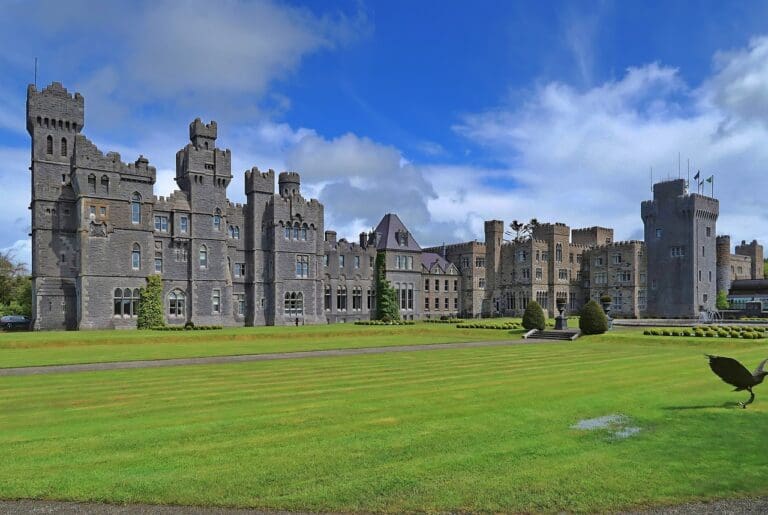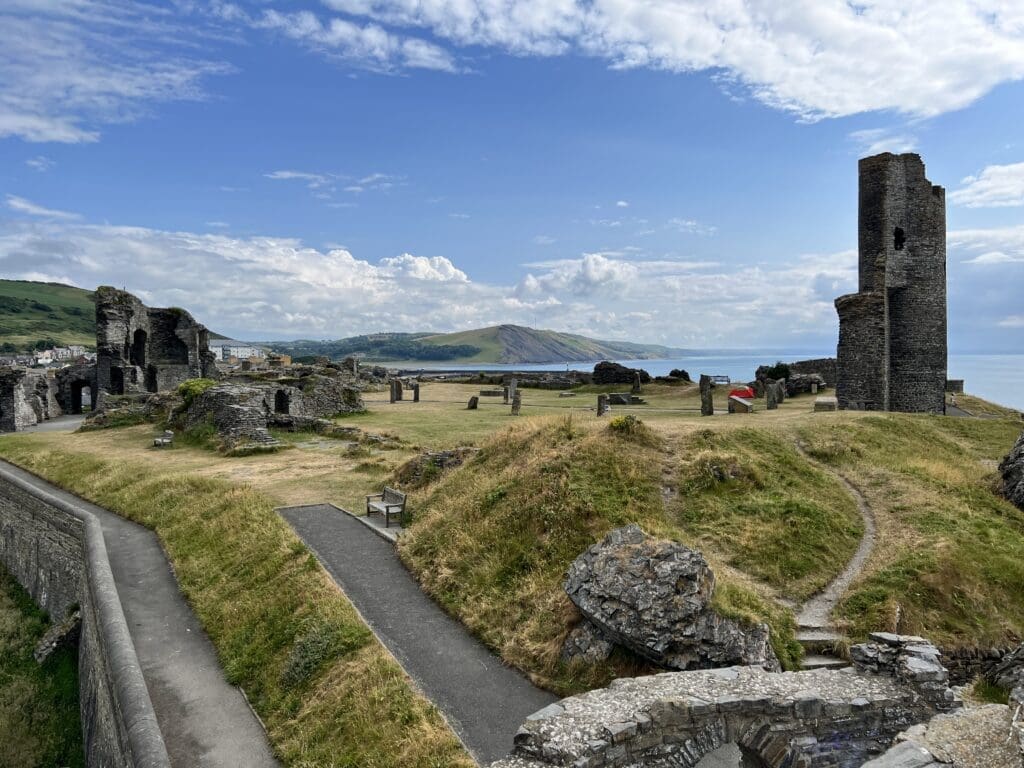
Wales isn’t just a land attached to the hip of England full of ancient legends and medieval fortresses; it’s a living narrative that spans millennia, and it’s one I think that is often overlooked. The history of Wales is absolutely fascinating.
From the mystical tales of ancient Celtic tribes and legends of King Arthur to the struggles for autonomy echoing through the valleys, the Welsh story is one of resilience, cultural richness, and a fierce sense of identity.
So, grab your imaginary time-traveling gear and get ready for an adventure through Welsh history – it’s a tale you won’t want to miss!
Share this article!
 Ancient Origins
Ancient Origins
The roots of Wales’ history trace back to ancient times, with evidence of human habitation dating back to the Paleolithic era. Celtic tribes settled in the region around 600 BC, laying the groundwork for the Welsh culture and language that persist to this day.
The landscape of Wales is adorned with remnants of ancient Celtic life, such as hillforts like Tre’r Ceiri and Castell-y-Bere. These impressive structures served as centers of communal life, trade, and defense. Celtic artistry, with its intricate patterns and designs, can be seen in artifacts like the Celtic cross at Penmon Priory and the intricate designs on the Tregwehelydd Standing Stone. This artistic legacy continues to inspire contemporary Welsh artists.
The Welsh language, known as “Cymraeg,” has deep Celtic roots and has survived through the centuries. Efforts to preserve and promote Welsh have been crucial in maintaining the country’s cultural heritage.
Welsh is one of the oldest spoken languages in the world with traces back to over 4,000 years.
 Roman Influence
Roman Influence
The Roman conquest of Britain in AD 43 brought Wales into the fold of the Roman Empire. The Roman influence in Wales, though not as extensive as in some other parts of Britain, left a lasting impact on the region’s history, culture, and architecture.
The legacy of this era is evident in the ruins they left behind. Romans built forts and roads, such as the famous Fosse Way and Watling Street, to connect their settlements and maintain control. Notable forts like Segontium (Caernarfon in northern Wales) and Isca Augusta (Caerleon not far from Cardiff) served as strategic military bases and settlements.
—> Read More: 11 Best Places To Visit In Wales
 Medieval Wales
Medieval Wales
The early medieval period saw the emergence of independent Welsh kingdoms. Notably, the legendary King Arthur is often associated with this era, although the historical veracity remains a subject of debate.
The 13th century marked a tumultuous period with Wales falling under English rule after the Edwardian conquest. This era witnessed the construction of formidable castles, including Conwy and Caernarfon, symbols of English domination over Wales.
Owain Glyndŵr, a pivotal figure in Welsh history, led a fierce revolt against English rule in the early 15th century. Renowned for his leadership and military prowess, Glyndŵr united Welsh forces, declared himself Prince of Wales, and waged a determined struggle for Welsh independence.
Although the rebellion was ultimately unsuccessful, his legacy endures as a symbol of Welsh national identity, resistance against oppression, and the quest for self-determination.
Cultural Renaissance
Despite political subjugation, Wales maintained a distinct cultural identity. The Welsh language thrived, poetry flourished, and tales of folklore were passed down through generations.
Figures like poet Dylan Thomas and artists such as Kyffin Williams and Sir Anthony Hopkins brought Welsh creativity to the global stage, contributing to a renewed appreciation of Welsh arts and culture.
 Modern Era and Struggles for Autonomy
Modern Era and Struggles for Autonomy
The 19th and 20th centuries witnessed significant movements for Welsh autonomy and cultural revival. The establishment of the National Eisteddfod, a celebration of Welsh culture, and the resurgence of Welsh nationalism reflected a growing desire for self-governance.
Wales underwent huge economic shifts, transitioning from its industrial past to a focus on sectors like technology, tourism, and renewable energy, contributing to a diversified economy.
 Contemporary Wales
Contemporary Wales
In 1999, Wales saw a significant shift with the establishment of the National Assembly for Wales, granting a degree of legislative power as part of the United Kingdom. The Welsh identity remains vibrant, with the Welsh language experiencing a revival and cultural traditions being cherished and celebrated.
The preservation of historic sites, language, and traditions remains a priority, balancing modernization with the protection of Wales’ cultural heritage. Contemporary Wales has a rich cultural legacy and a dynamic modern society with an endless amount to see and do.
Wales stands today as a testament to its storied past – a land where legends, history, and a deep sense of identity converge to create a unique and enduring legacy.
Download 10 Crucial Things To Do Before Traveling Abroad to help plan your next adventure; packing tips, getting foreign currency, finding the right adapters, phone plans, and more!

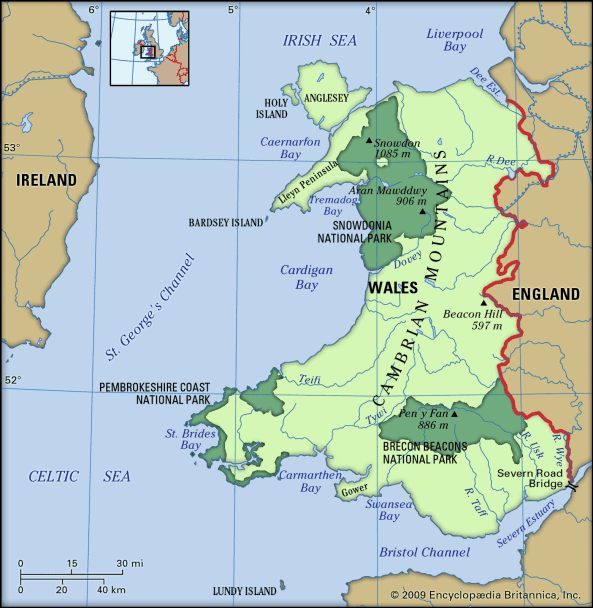 Ancient Origins
Ancient Origins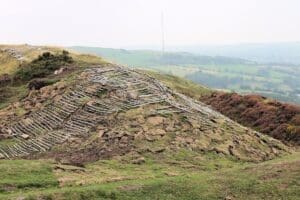
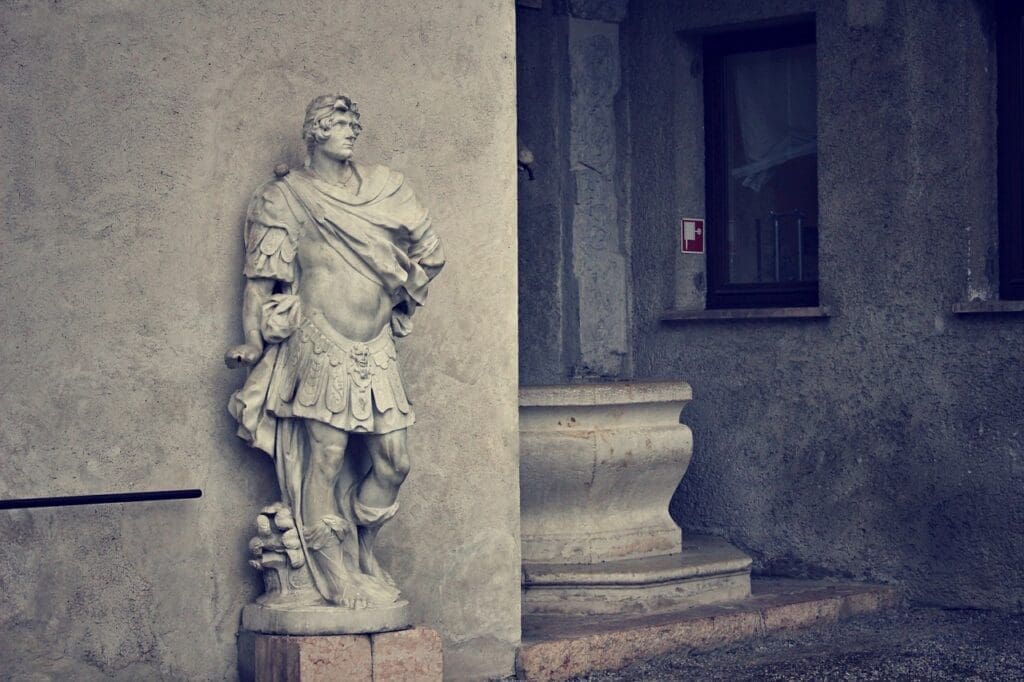 Roman Influence
Roman Influence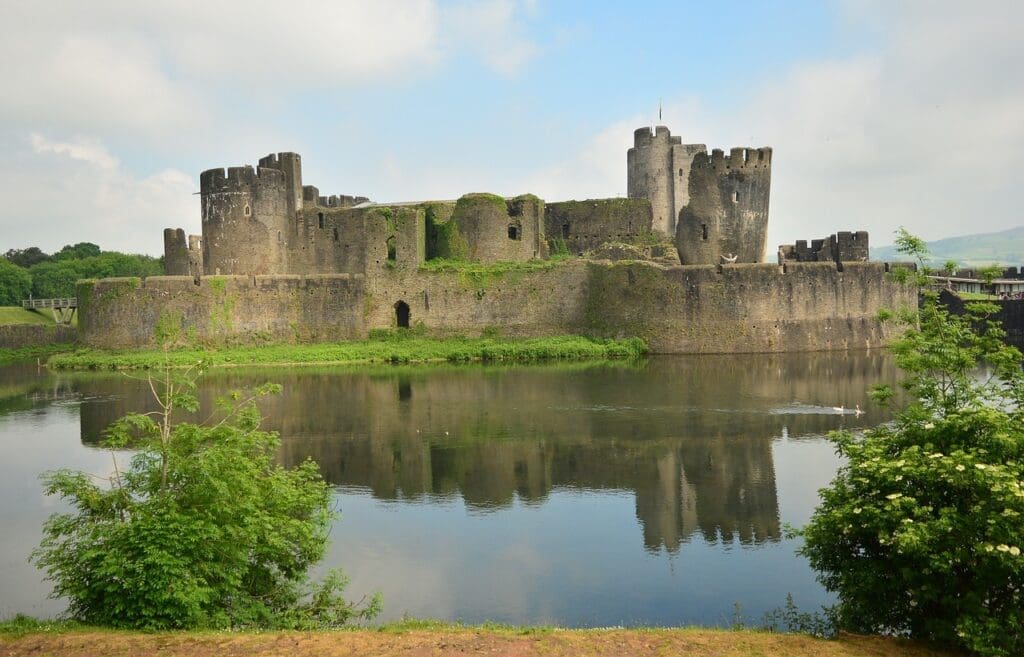 Medieval Wales
Medieval Wales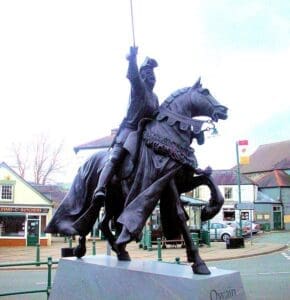

 Modern Era and Struggles for Autonomy
Modern Era and Struggles for Autonomy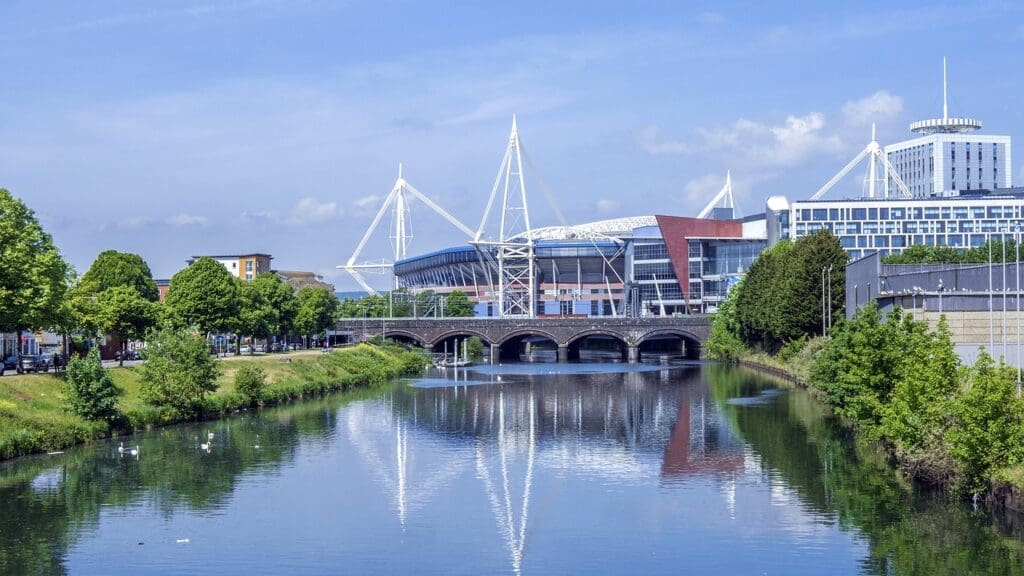 Contemporary Wales
Contemporary Wales

